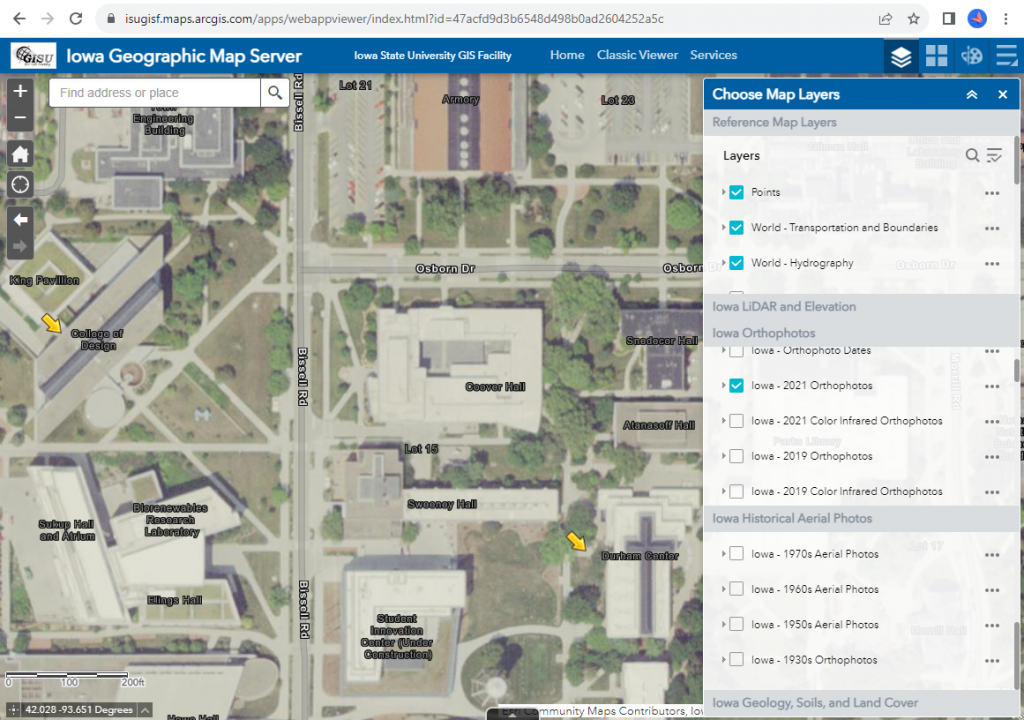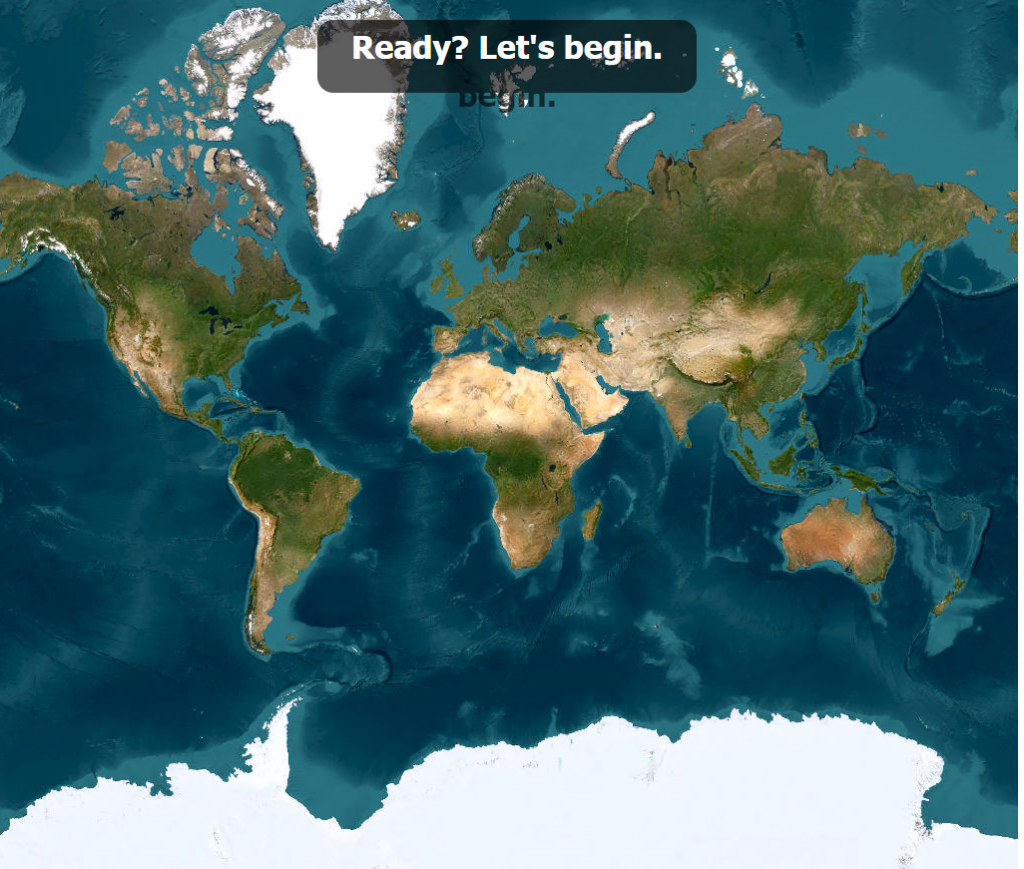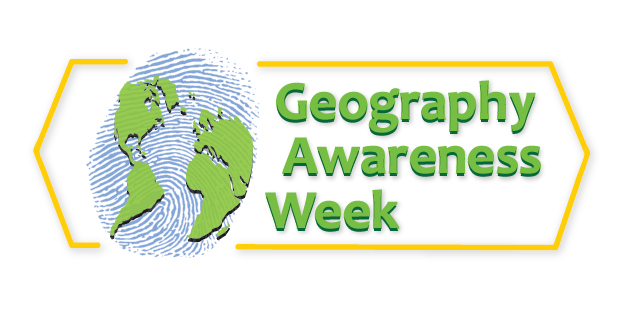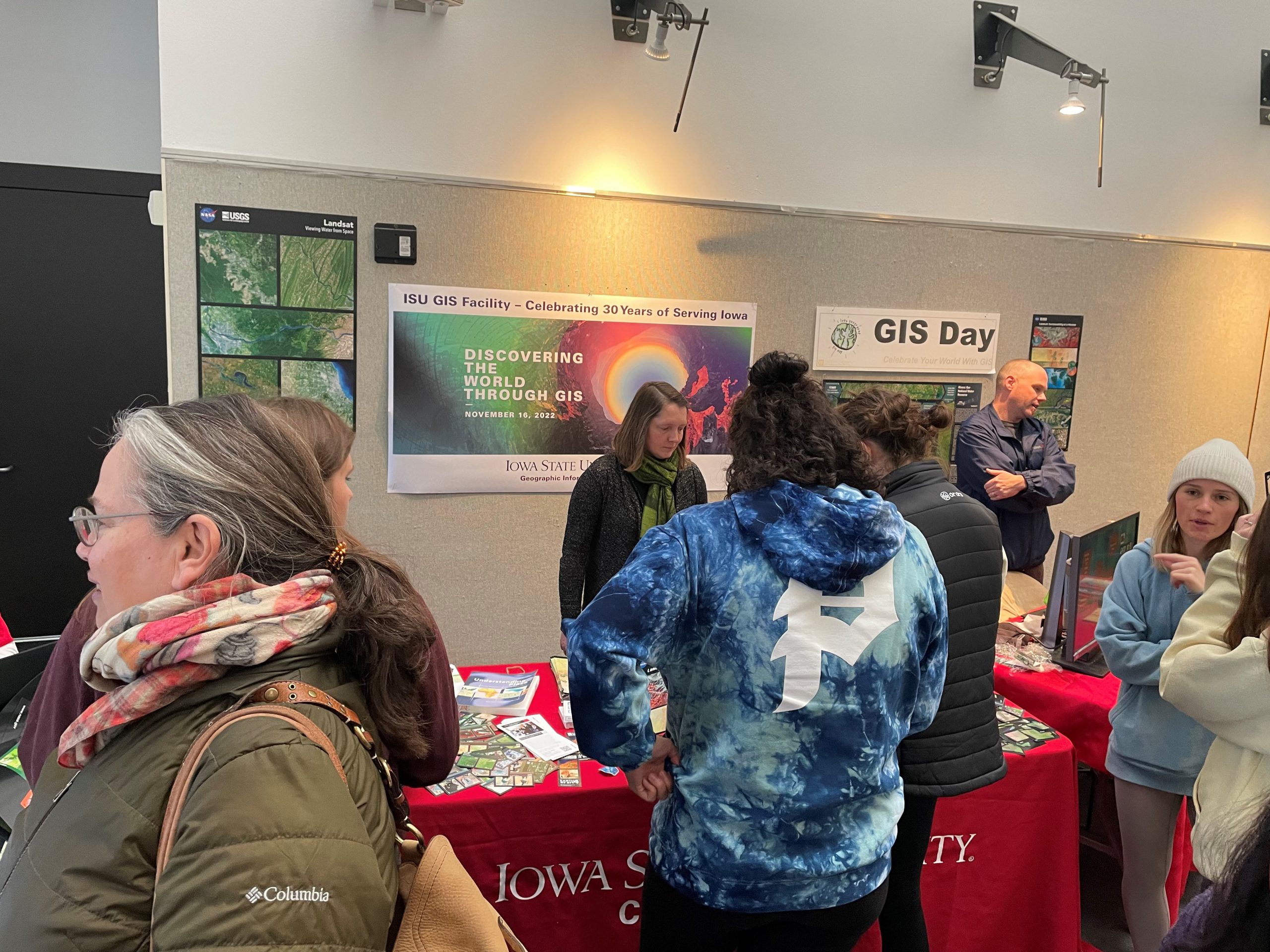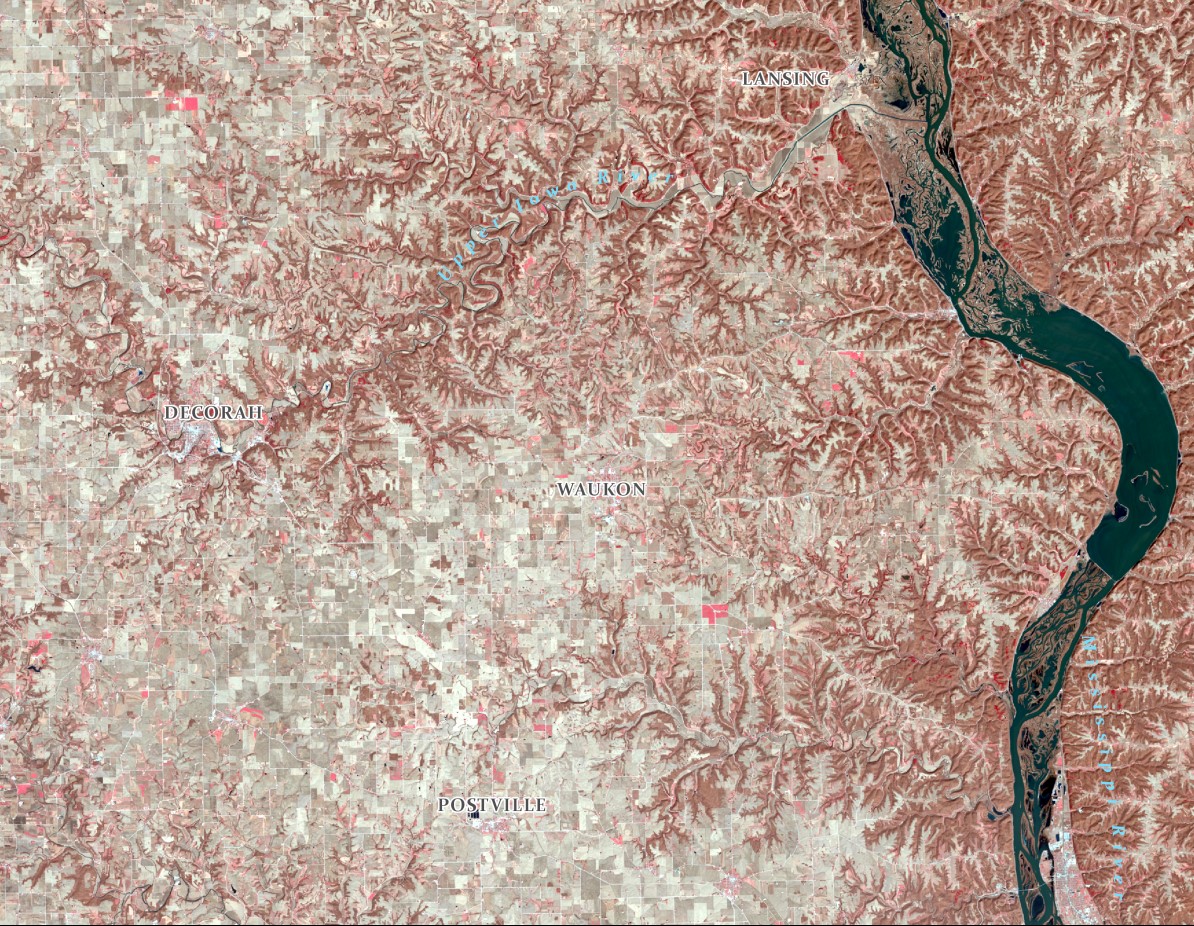Interested in Learning More about the Cryosphere?

After that last post, you might be interested in finding more resources about the cryosphere, here are several helpful resources:
My NASA data has a series specifically focused on the cryosphere:
https://mynasadata.larc.nasa.gov/basic-page/about-cryosphere
Mini-Lessons: https://mynasadata.larc.nasa.gov/all-cryosphere-maps-and-data
Lesson Plans: https://mynasadata.larc.nasa.gov/all-cryosphere-lesson-plans

NASA Earth Observatory for Kids Lessons (very fun, hands-on, and engaging for the younger crowd):
Glaciers: Ice on the Move: http://earthobservatory.nasa.gov/blogs/eokids/glaciers-ice-on-the-move/
Water, Water, Everywhere!: https://earthobservatory.nasa.gov/blogs/eokids/water-water-everywhere/
Ice on Earth: By Land & By Sea: http://earthobservatory.nasa.gov/blogs/eokids/ice-on-earth/
Fresh Water: http://earthobservatory.nasa.gov/blogs/eokids/eo-kids-fresh-water/
FROZEN: The Full Story (NASA Video): https://www.youtube.com/watch?v=135T2O1zY0E
“When Rains Fell in Winter” is a storymap written by Philip Burgess and Irina Wang, documenting how changes in the cryosphere disrupted the lives of people and animals in Northwest Russia: https://storymaps.arcgis.com/stories/b63ced1af26a435bbfd4a910c8fac488













